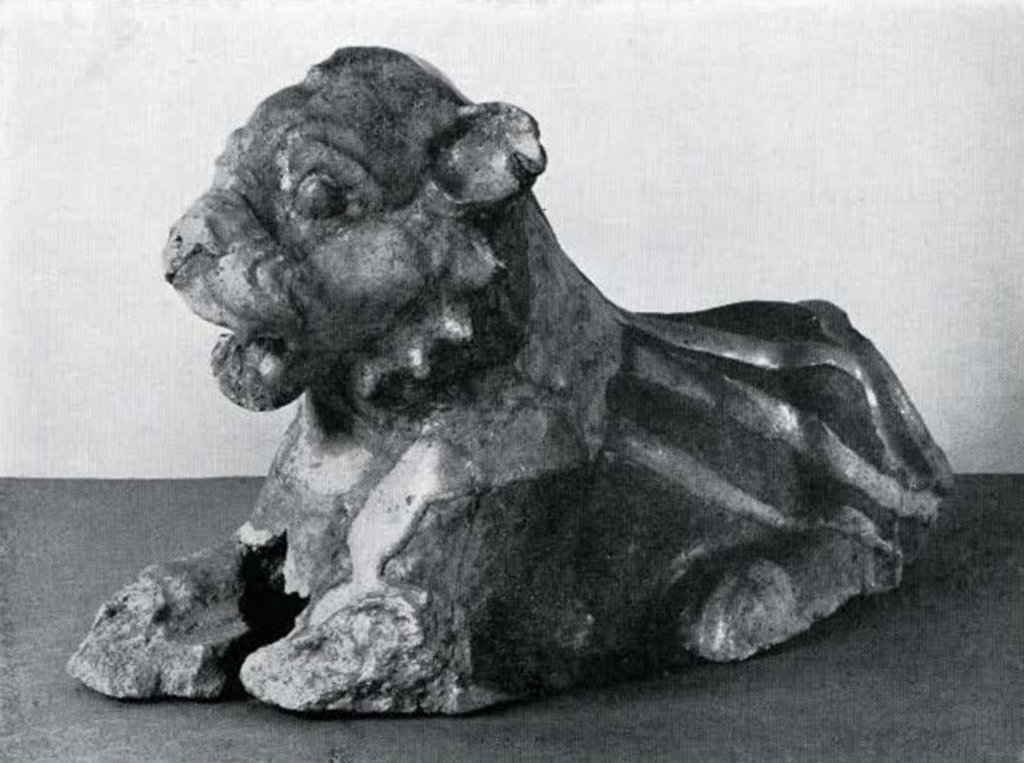In the last decades, excavations in northern Mesopotamia, in the plains east of the Tigris, which were to be the homeland of the Assyrians in the second and first millennia, have been, as in southern Mesopotamia, carried down almost to virgin soil, and thus have added considerably to our knowledge of a much earlier history, back to 3200 B.C., and eventually to neolithic times. The sites selected are small-compared to Khorsabad, Nineveh, Calah and Ashur-but they were early settled as indicated by the numerous fragments of painted pottery scattered on surface ground, and early abandoned, so that their undisturbed levels have provided archaeological records in regular sequence.

Museum Object Number: 31-40-1
The excavations at Nuzi, Tepe Gawra and Tell Billa, first undertaken by private means, were soon supported by official institutions and some joined actively by the University Museum.
Nuzi, near Kirkuk in Iraq, was first regularly excavated by Professor Edward Chiera in 1925. The site had been destroyed by fire in ancient times. In the ruins of the house of Tehiptilla and his heirs, Professor Chiera found over a thousand business tablets of the former owner. In 1927 the work was resumed by the Semitic Museum and the Fogg Art Museum of Harvard University, together with the American Schools of Oriental Research of Baghdad. More tablets came to light, also the remains of a palace and of a temple, all resting on the so-called Hurrian level dated in the second millennium B.C. In 1928, Dr. R. H. Pfeiffer of the Boston University joined the staff, deeper shafts were opened and reached the Sumerian, Akkadian and Cappadocian levels. In 1930, the University Museum was represented by Charles Bache, assistant to R. F. S. Starr. This was the last season at Nuzi. Fresco paintings, a clay censer, glazed nails and glazed terracotta lions (Figure 44)-one exhibited in the Babylonian Section of the University Museum-were among the best archaeological remains. The Nuzi legal texts have been published by the Joint Expedition and the Baghdad School; the Sumerian and Akkadian texts form a volume of the Harvard Semitic Series.

